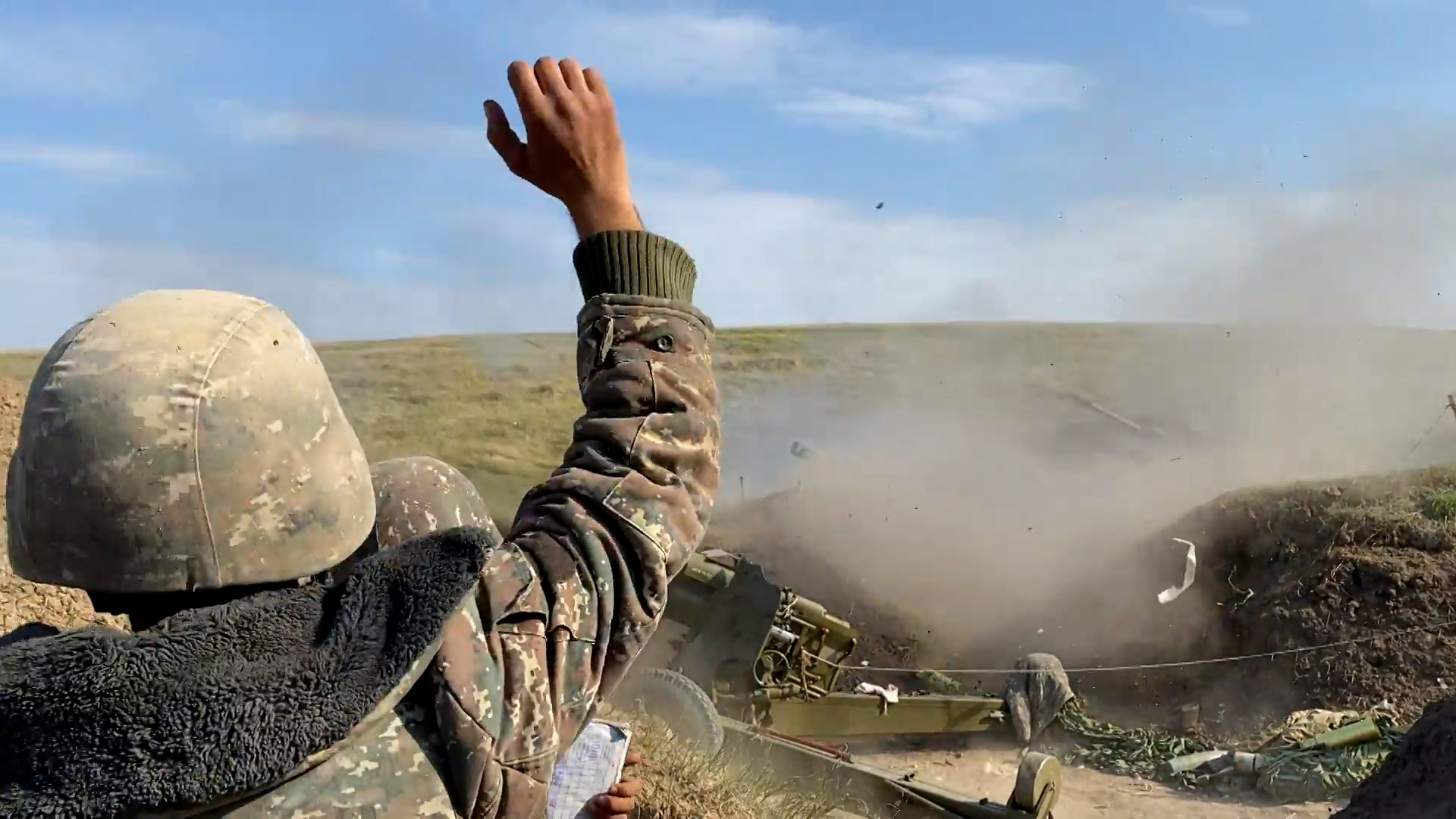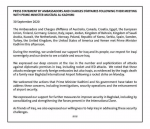Armenian-Azerbaijani conflict threatens to draw Russia, Turkey into fight
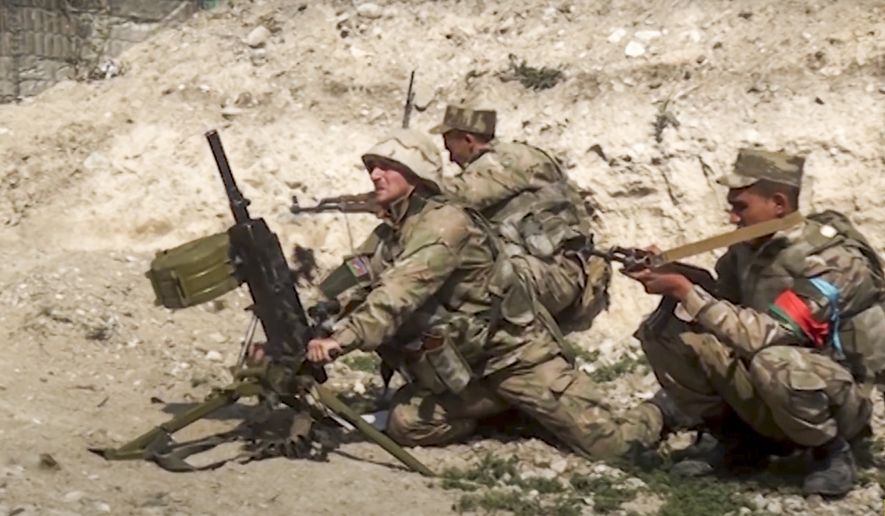
In this image taken from footage released by Azerbaijan’s Defense Ministry on Sunday, Sept. 27, 2020, Azerbaijan’s soldiers fire from a mortar at the contact line of the self-proclaimed Republic of Nagorno-Karabakh, Azerbaijan. Fighting between Armenian and Azerbaijani forces over ...
more >
Print
By
Guy Taylor - The Washington Times - Monday, September 28, 2020
One of Eastern Europe’s longest frozen conflicts has exploded into a hot war in recent days, with clashes between Armenia and Azerbaijan over the disputed enclave of Nagorno-Karabakh killing dozens of people and threatening to drag nearby Turkey and Russia into a direct military confrontation.
While Moscow has long backed Christian Armenia and Ankara has openly supported the largely Muslim Azerbaijan, regional analysts say the situation has grown more complex and dangerous recently amid escalating Turkey-Russia tension on other fronts — from Syria to Libya and the wider Eastern Mediterranean.
The Nagorno-Karabakh conflict has also become increasingly tied to Moscow-Ankara friction over oil and gas pipelines running through the area. And, with the U.S. and the European Union struggling to wield influence, concerns are rising over the prospect of an all-out regional war that could draw in bigger players on both sides.
TOP STORIES
'Persons of color': Asian Americans abandon conservative ideals for identity politics
New Senate report reveals shocking corruption involving Hunter Biden
Biden braces for Trump offensive: 'There are a lot of red flags'
President Trump pushed called for calm on Sunday night, telling reporters that his foreign policy advisors are closely monitoring the latest violence. “We’re looking at it very strongly,” he said. “We have a lot of good relationships in that area. We’ll see if we can stop it.”
Nagorno-Karabakh tensions have simmered since the collapse of the Soviet Union, when Armenian and Azerbaijani forces fought a war over the territory, a heavily ethnic Armenian enclave surrounded by Azeri territory. Russia helped broker a cease-fire in 1994, but on-again-off-again fighting has flared over the years, such as in 2016 when hundreds were killed.
A fresh eruption of fighting has occurred over the past several months, with clashes in July killing more than two dozen people and serving as a precursor to deadly attacks by both sides in recent days that have also reportedly left hundreds dead.
Local news reports said the fighting had not abated Monday between Azerbaijan and Armenian forces, with both sides blaming each other for the violence that has featured major artillery and rocket attacks.
Azerbaijan’s defense ministry claimed Armenian forces had begun shelling the town of Tartar on Monday morning, while Armenian officials blamed the Azerbaijanis for resuming “offensive actions.”
Russian media cited Azerbaijani officials as saying 550 Armenian troops were “destroyed,” a claim that apparently referred to troops wounded as well as killed. Armenian officials denied the claim, although there were reports of more than 50 Armenian servicemen killed, as well as at least two civilian deaths, including those of a woman and her grandson.
Amid confusion on the ground, analysts are calling on global powers to intensify pressure on both sides — as well as their backers in Russia and Turkey — to resolve the situation diplomatically.
“We are a step away from a large-scale war,” analyst Olesya Vartanyan of the International Crisis Group told Agence France-Presse over the weekend, saying the international community had let an untenable situation fester for too long.
“One of the main reasons for the current escalation is a lack of any proactive international mediation between the sides for weeks,” said Ms. Vartanyan.
“If there are mass casualties it will be extremely difficult to contain this fighting and we will definitely see a full-fledged war that will have a potential intervention of Turkey or Russia, or both of them,” Ms. Vartanyan later told the Reuters news agency.
Pipelines at risk
Analysts say Turkey-Russia tensions are mounting over oil and gas pipelines within reach of the mostly mountainous Nagorno-Karabakh region — an area about the size of the state of Delaware.
Energy sector experts have been warning since July that Turkish- and Azerbaijani-controlled infrastructure involved in shipping oil and gas from the Caspian Sea to world markets is located near the fighting.
At issue specifically, are pipelines under construction via Georgia and Turkey, the completion of which could substantially reduce Western Europe’s dependence on Russian gas supplies.
Speculation over the Russia’s true intentions with regard to involvement in the Nagorno-Karabakh violence has soared lately. At the same time, there are indications that Turkey has been the one provoking the situation.
Reuters reported Monday that Turkey has begun sending Syrian rebel fighters to support Azerbaijan in the escalating conflict with Armenia, according to two Syrian rebels, who spoke with the news agency on condition of anonymity.
Armenia’s ambassador to Moscow separately claimed that Turkey had sent around 4,000 fighters from northern Syria to Azerbaijan and that they were fighting there, according to Reuters. Azerbaijani President Ilham Aliyev has denied the claim.
Turkey has previously sent Syrian fighters, including some with ties to jihadist groups, to help uphold a fragile government in oil-rich Libya against an assault by Russia-backed forces in the North African nation.
Russian officials said Monday that they are pushing for calm in Nagorno-Karabakh. Kremlin spokesman Dmitry Peskov called the fighting “a cause for concern for Moscow and other countries.”
“We believe that the hostilities should be immediately ended,” Mr. Peskov told reporters, adding that the process of resolving the conflict between the two countries should shift into “a politico-diplomatic” dimension.
However, officials in Armenia, which has reportedly been receiving arms shipments from Moscow in recent months, openly accused Turkey of triggering the current violence.
Armenia’s Foreign Ministry said Monday that “Turkish military experts are fighting side by side with Azerbaijan, who are using Turkish weapons, including [drones] and warplanes.”
The situation on the ground “clearly indicates” that people in Nagorno-Karabakh are fighting against “a Turkish-Azerbaijani alliance,” the ministry said in a statement.
A spokesman for Turkish President Recep Tayyip Erdogan’s ruling party, meanwhile, denied reports Monday that Ankara has sent arms or foreign fighters to Azerbaijan.
“Armenia is disturbed by Turkey’s solidarity with Azerbaijan and is producing lies against Turkey,” the spokesman, Omer Celik, said in a tweet.
Turkey and Armenia have a tangled and bloody history, with Yerevan pressing a global campaign accusing Ottoman Empire of carrying out a genocide of its Armenian minority in the chaos unleashed by World War I.
Mr. Erdogan has strongly backed Azerbaijan and said Armenia’s immediate withdrawal from the region was the only way to ensure peace and calm. “All other impositions and threats will not only be unjust and unlawful, but will continue to indulge Armenia,” the Turkish president said.
Mr. Erdogan also criticized France, the U.S. and Russia — the three chairs of the so-called Minsk group, which was set up in 1992 to find a diplomatic solution to the Nagorno-Karabakh conflict — for what he said was a failure to resolve the issue for 30 years.
“They have done their best not to solve this issue. And now they come and counsel and issue threats. They say, ‘Is Turkey here? Is the Turkish military here?’” Mr. Erdogan said.
For Russia, Turkey’s expanding involvement in the conflict may present “a clear binary choice: lose face as a security ally to Armenia or risk casualties by getting engaged in the fight,” according to Maxim A. Suchkov, a non-resident scholar with the Middle East Institute in Washington.
“Coincidentally (or not), Russia just held large-scale military drills in the region, called “Caucasus 2020,” and seems ready to consider worst-case scenarios,” Mr. Suchkov wrote in an analysis circulated by the think tank on Monday.
“For now, however, Moscow remains focused on diplomacy,” he wrote.
• This article is based in part on wire service reports.


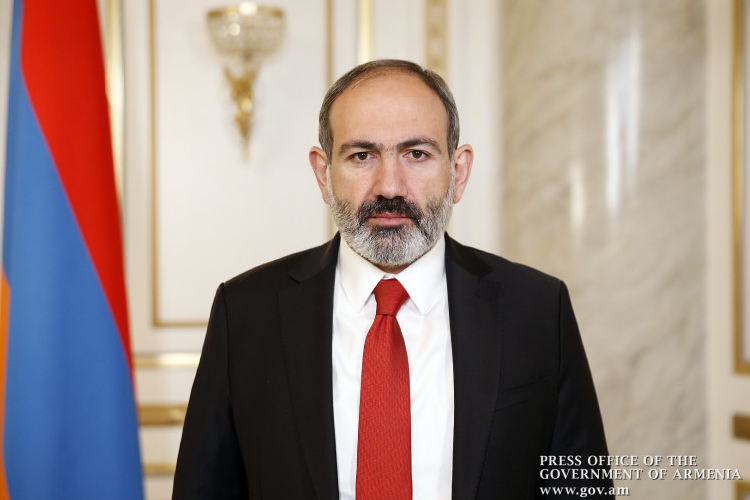
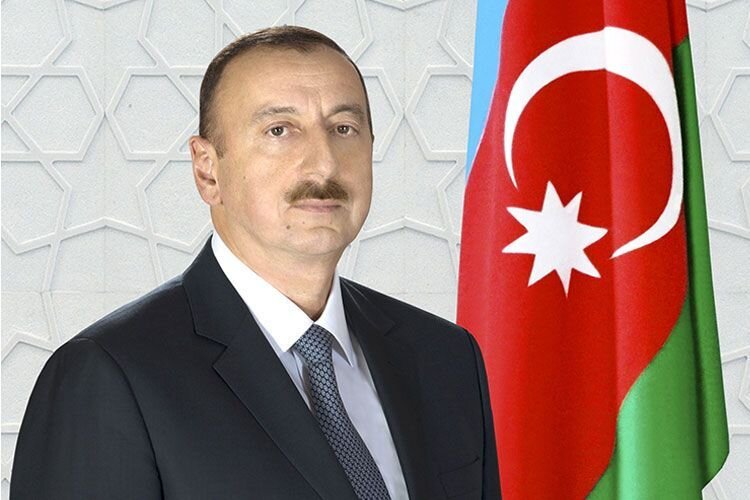
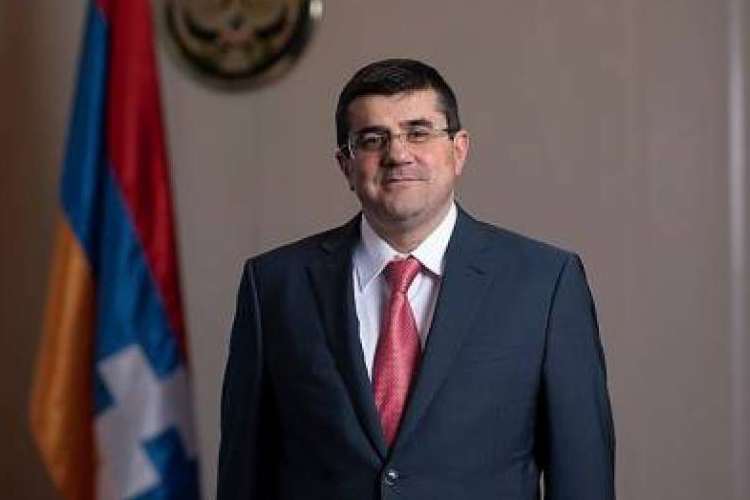




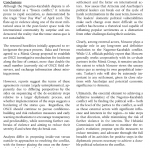

![Clashes broke out over the disputed territory of Nagorno-Karabakh on Sunday [Armenian Defence Ministry via AFP] Clashes broke out over the disputed territory of Nagorno-Karabakh on Sunday [Armenian Defence Ministry via AFP]](https://www.aljazeera.com/wp-content/uploads/2020/09/000_8QU7TH.jpg?resize=770%2C513)
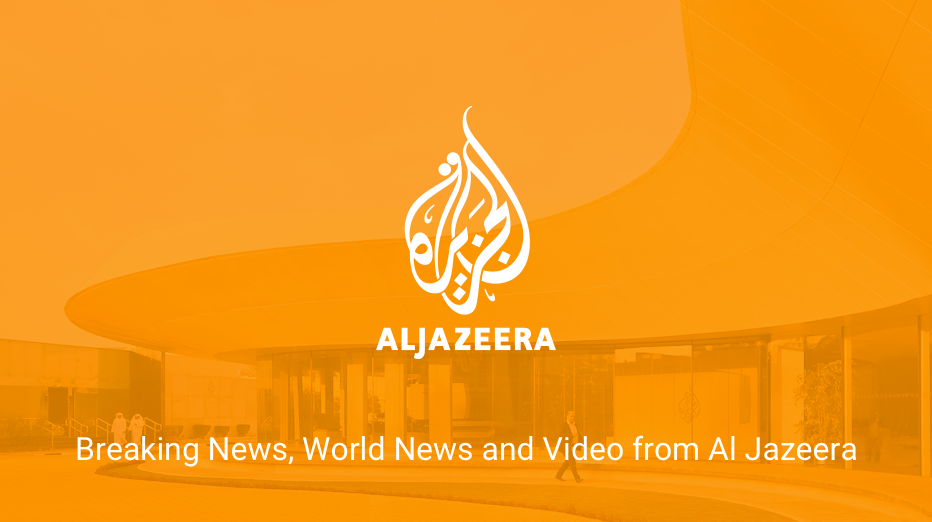


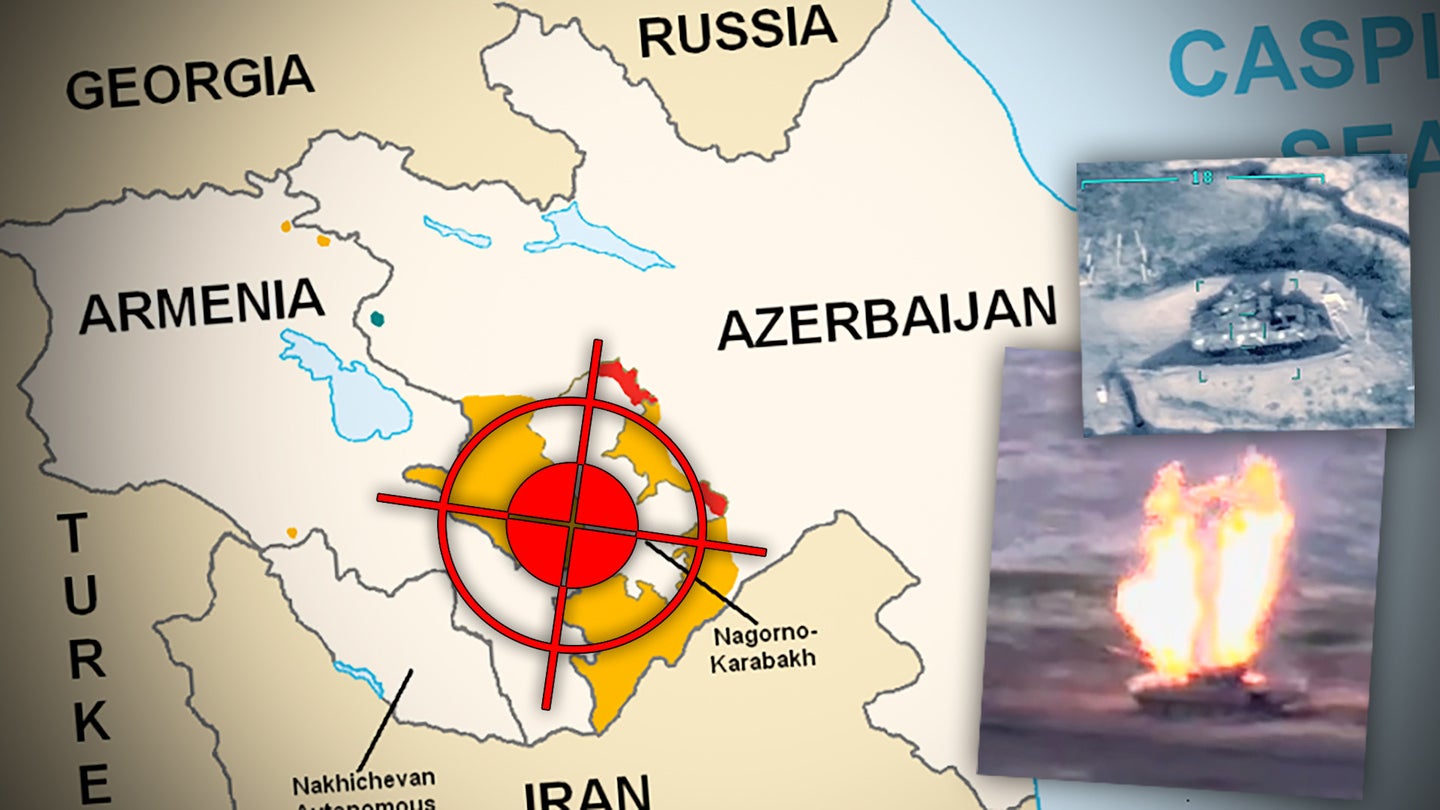
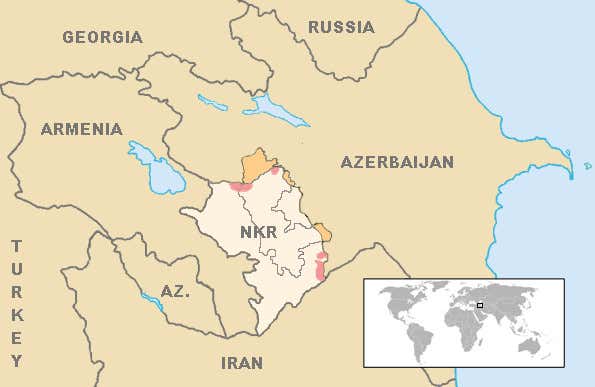
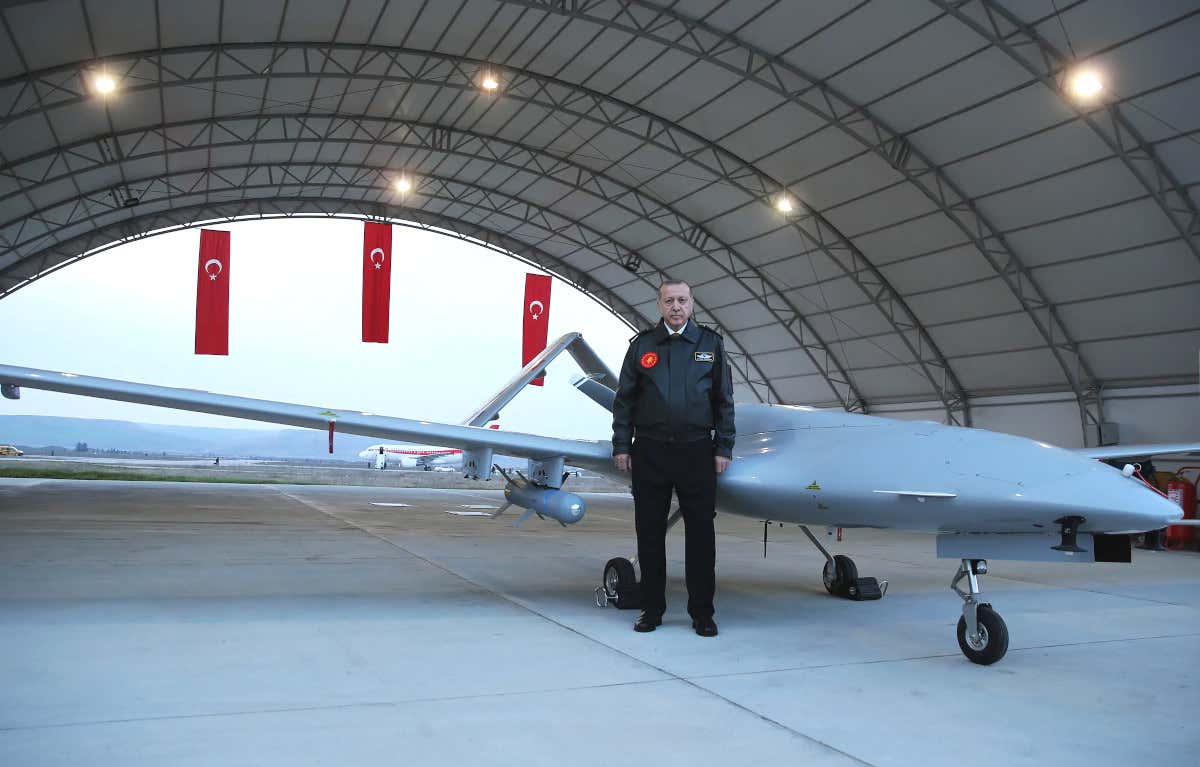
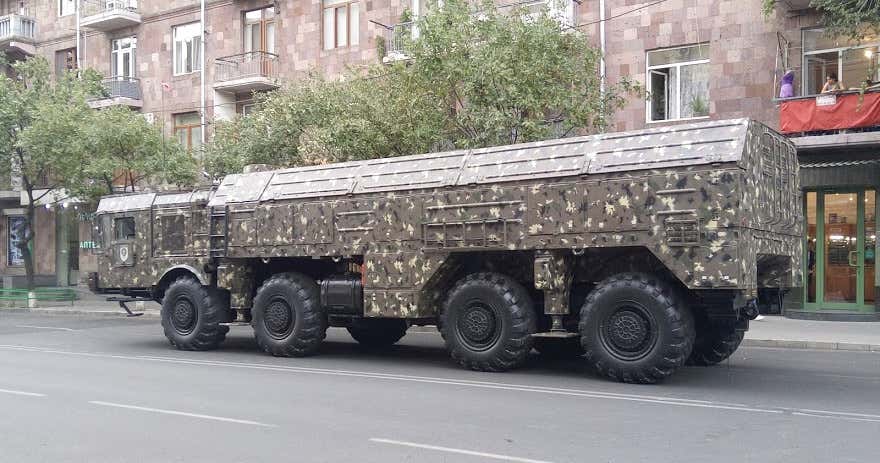
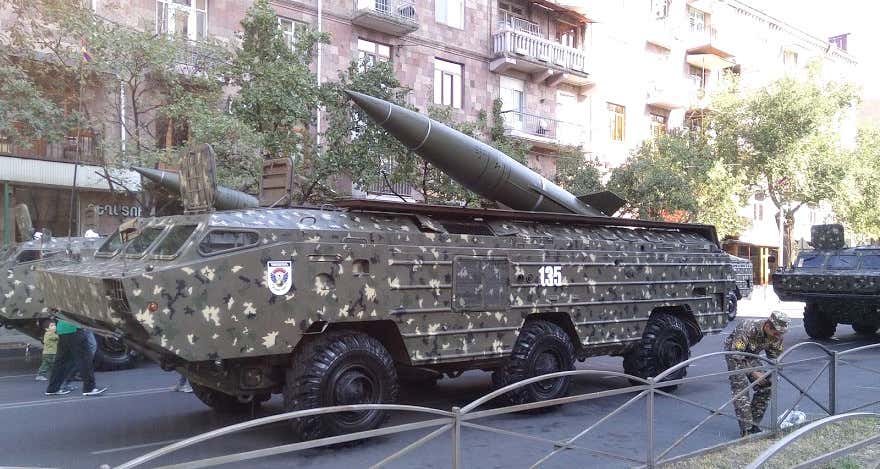
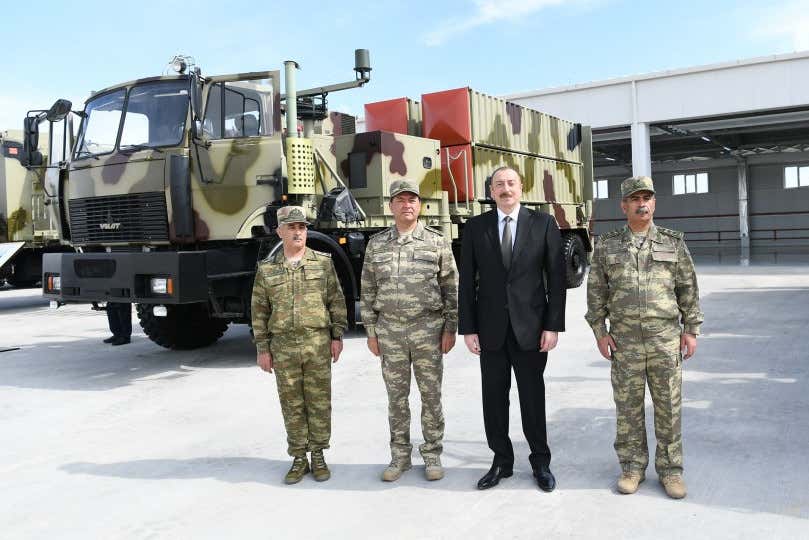
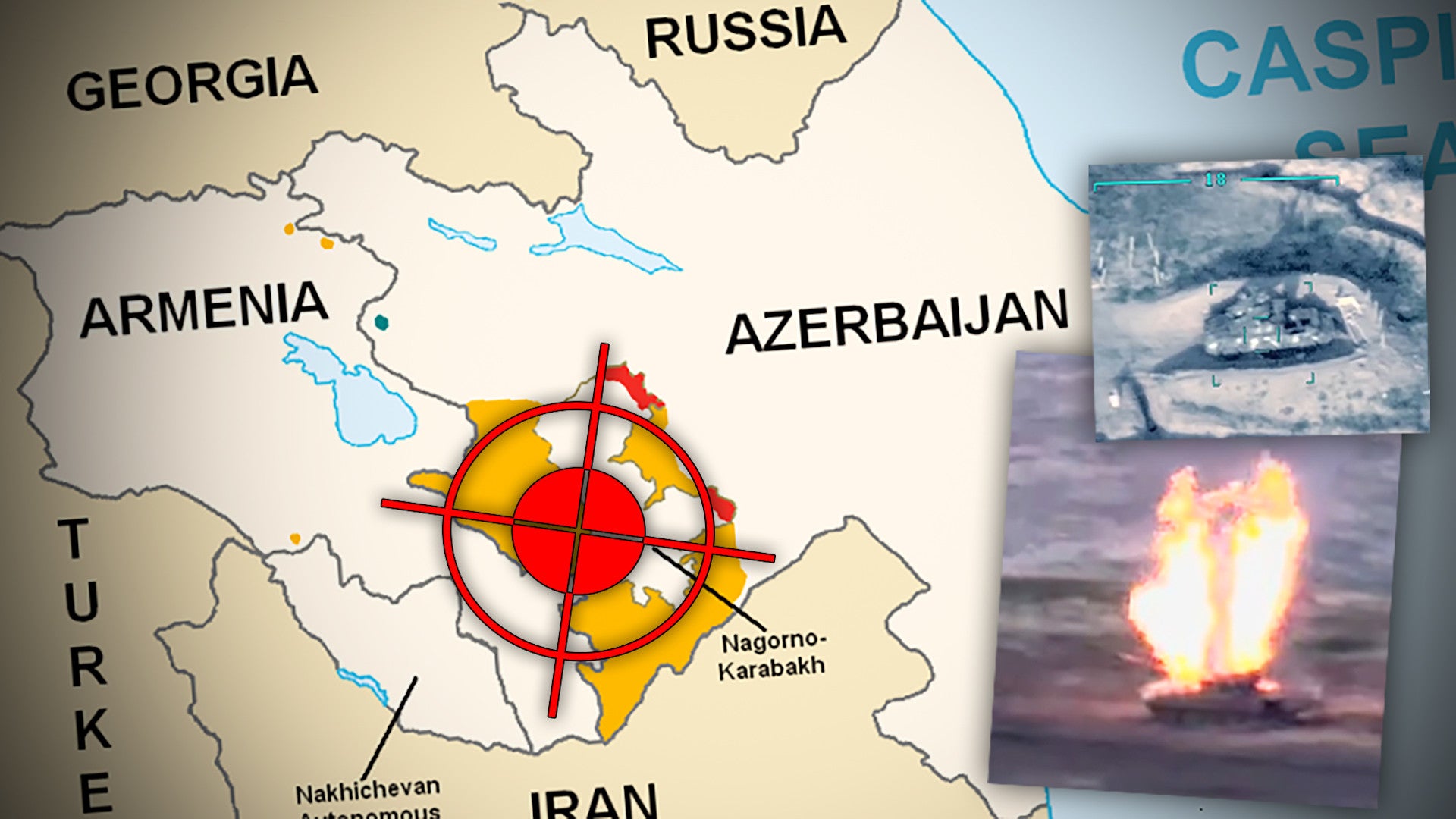

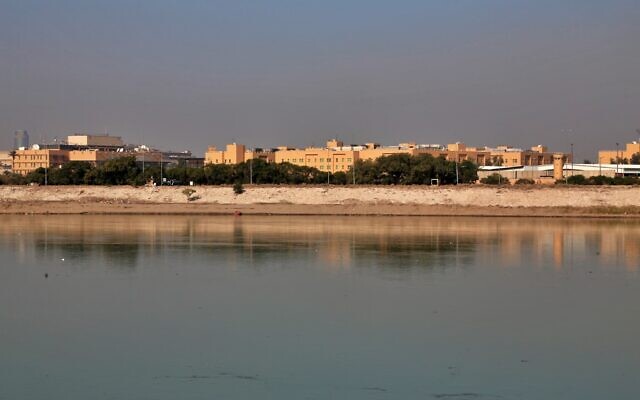
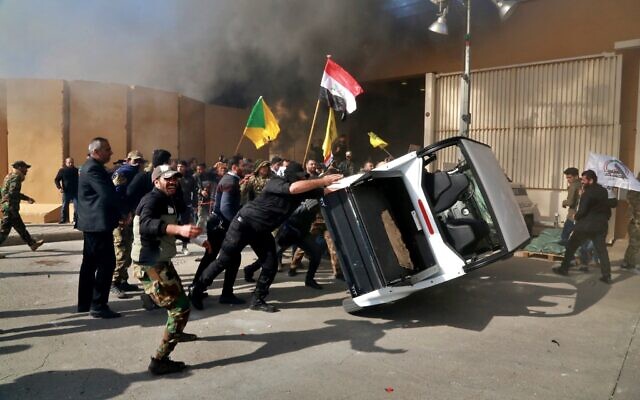
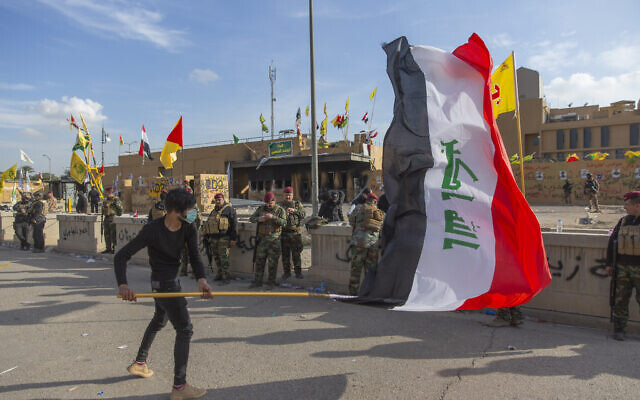
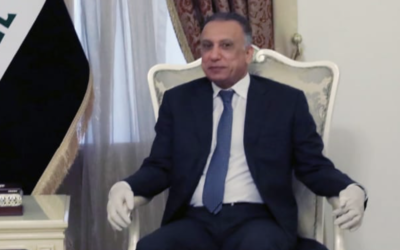
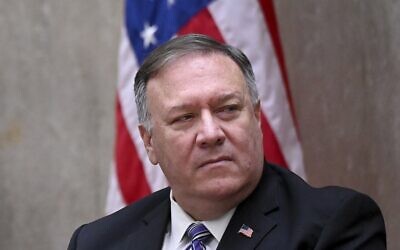
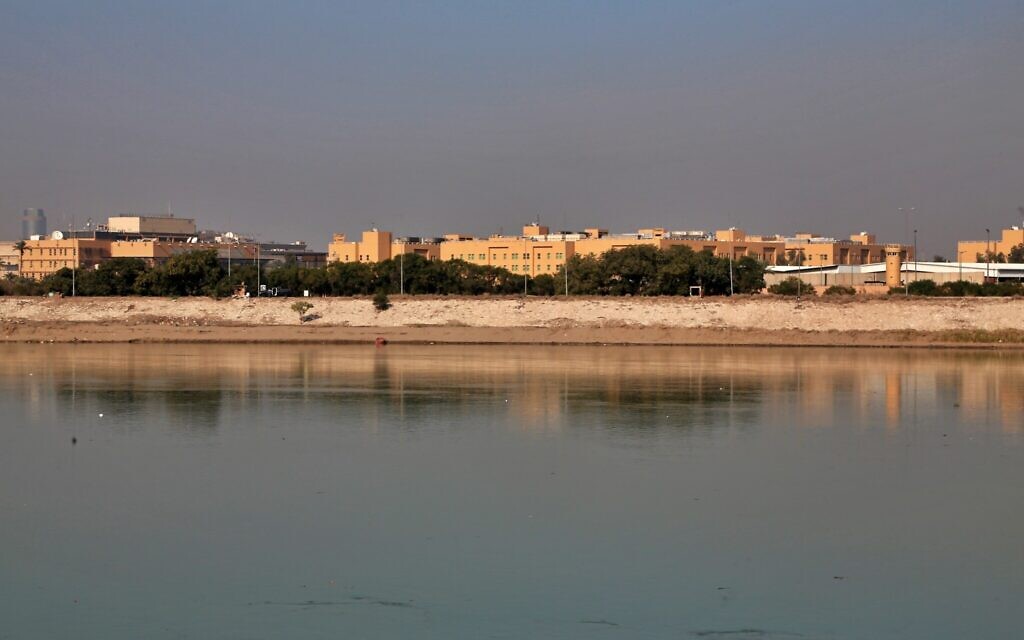





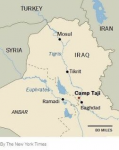

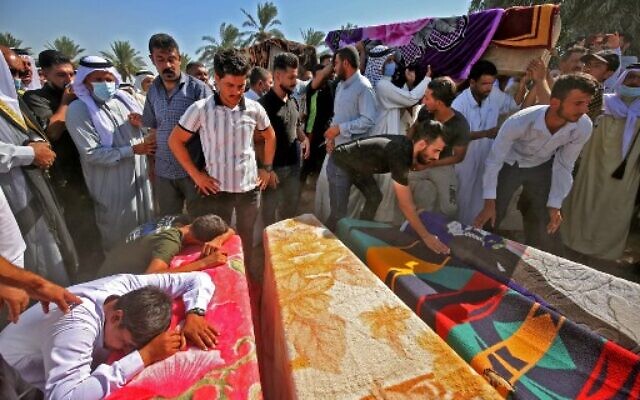
![Nagorno-Karabakh is a breakaway region inside Azerbaijan but run by ethnic Armenians and backed by Armenia [Handout/Azerbaijani Defence Ministry/AFP] Nagorno-Karabakh is a breakaway region inside Azerbaijan but run by ethnic Armenians and backed by Armenia [Handout/Azerbaijani Defence Ministry/AFP]](https://www.aljazeera.com/wp-content/uploads/2020/09/000_8QV8GV-1.jpg?resize=770%2C513)
